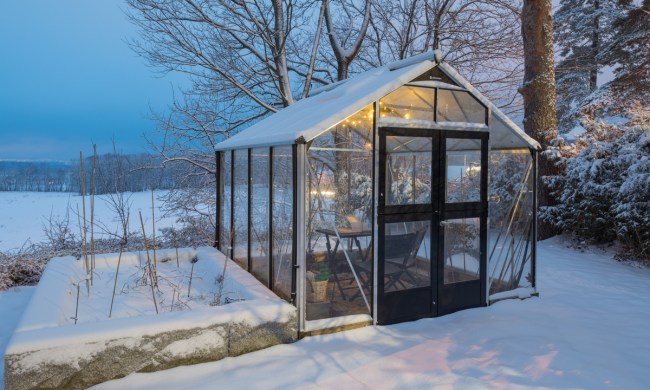Having a greenhouse is useful, but it was also a luxury for many years. Now, thanks to smaller, portable greenhouses, almost any gardener can have a greenhouse of their own. There are even small greenhouse kits that can teach you how to make a small greenhouse on your own. However, since they’re smaller, you need to use the space more carefully. If you aren’t sure where to start, we can help.
There are plenty of ways you can use your greenhouse, but here are our top five tips for making the most of your smaller greenhouse!
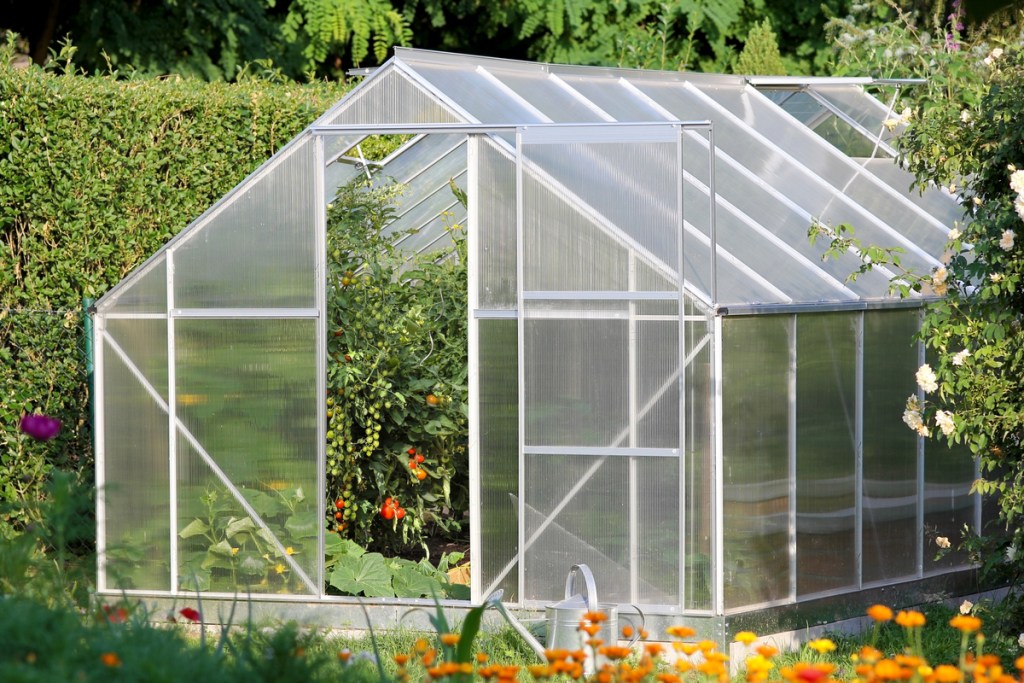
Stagger your shelves
Adding extra shelves to your greenhouse is often the first step toward making the most of your small greenhouse, but where you put the shelves and what size shelves you use; can make all the difference.
Place the shelves that stick out the farthest on the bottom, then place shorter shelves over them. This gives taller plants room to grow without limiting the space you have available for other plants. You can also add multiple smaller shelves on the same level with space between them, providing breaks for hanging vines to trail or tall plants to grow.
Sketching your shelving layout before hanging can be helpful for this tip! It’s no fun to get halfway through hanging your shelves, only to realize you’ve made an easily avoidable mistake. Additionally, make sure to hang your shelves securely to avoid falling shelves and broken flower pots.
Depending on the material your greenhouse is made of, you may not be able to hang additional shelving. If that’s the case, look for smaller free-standing shelves, which you may be able to stack. Attach the shelves to each other for added stability.
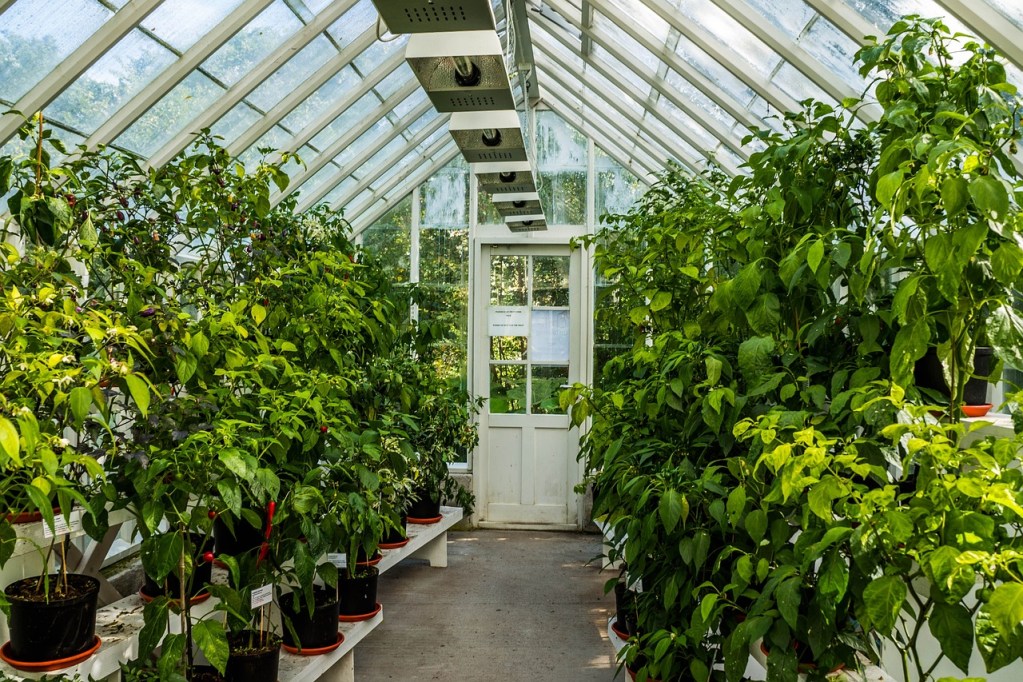
Use hooks to hang potted plants
It’s easy to forget your greenhouse’s ceiling is an available space. There are plenty of vegetables and flowers that can grow in hanging pots, and secure hooks are easy to find at most hardware stores. You may need a ladder or step stool to reach the ceiling, and be sure the hooks attach securely before hanging your plants.
Vining plants are an obvious choice for this, and tomatoes are likely the first vegetable that comes to mind when thinking about a hanging garden. Morning glories, strawberries, and peppers are other good choices. However, smaller non-vining plants like lettuce, chives, and mint can also grow well in hanging baskets. You’ll just need to take the basket down to properly harvest them.
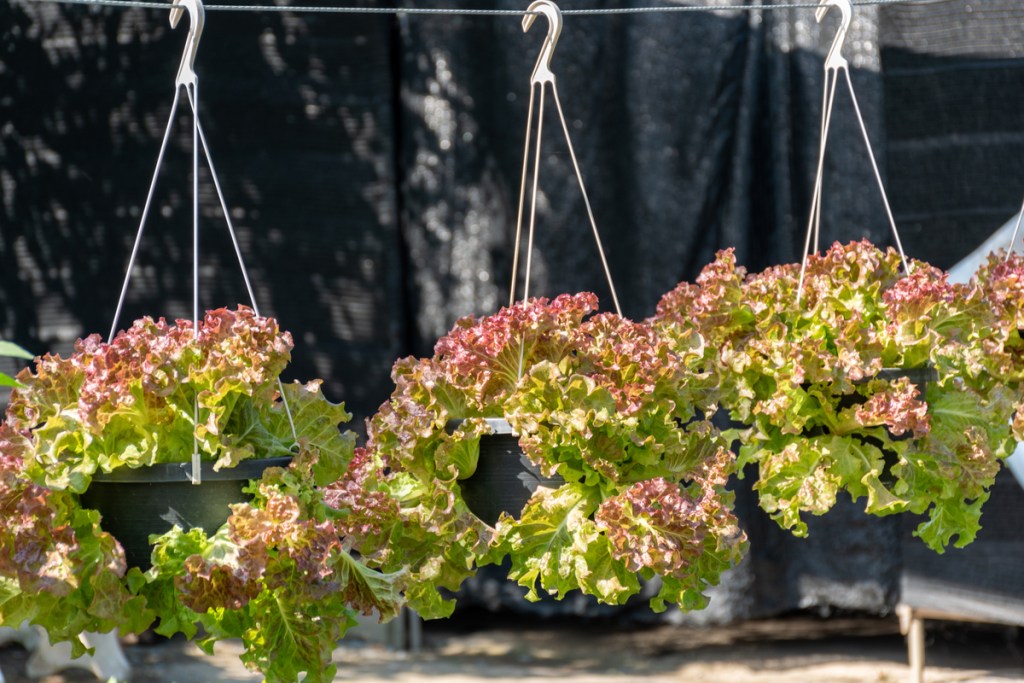
Rotate which plants are in your greenhouse
Plants have varying levels of cold tolerance, and you can use that to your advantage when moving plants into your greenhouse for the winter. You should move your most sensitive plants to the greenhouse first, along with any seeds or seedlings you’re starting. However, plants that are a bit more cold tolerant can stay outside for longer, giving you more time to arrange your plants and plan how you will use your space.
Plants moved into the greenhouse early may not stay there the entire time, either. You might find that some plants are better suited for the indoors, vegetables may be harvested, and unfortunately, some plants may die. In these cases, you can move those plants out of the greenhouse, allowing you to bring the ones left outside in before the cold becomes dangerous to them.
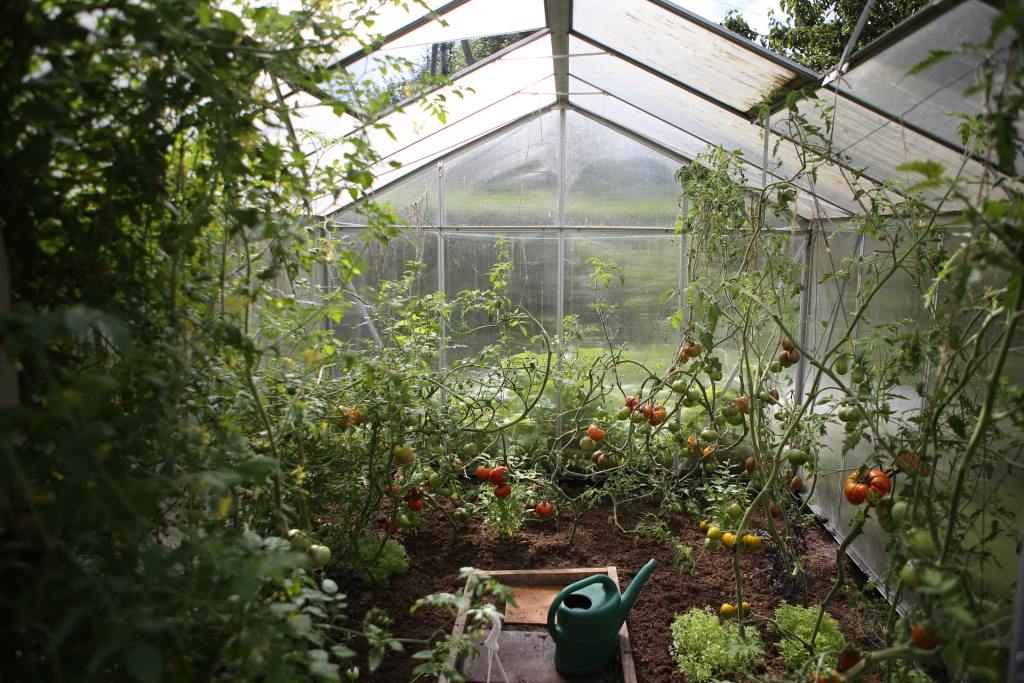
Don’t forget to use the floor room
Not every plant needs to be on a shelf. The floor of your greenhouse is an equally valid place to keep your plants. You should leave a bit of walking room, so you can reach your plants without tripping, but otherwise, you can put your plants wherever makes the most sense to you. If your greenhouse doesn’t have a solid floor, you can even plant your garden choices directly into the ground of your greenhouse.
If you’re concerned about the ground being too cold in the winter, spread a tarp, layer of newspaper, or even a bit of mulch underneath the plants. You can even use a small box or stand to lift them up just enough so they aren’t in contact with the ground. Want to know how to heat a small greenhouse? You can use compost!
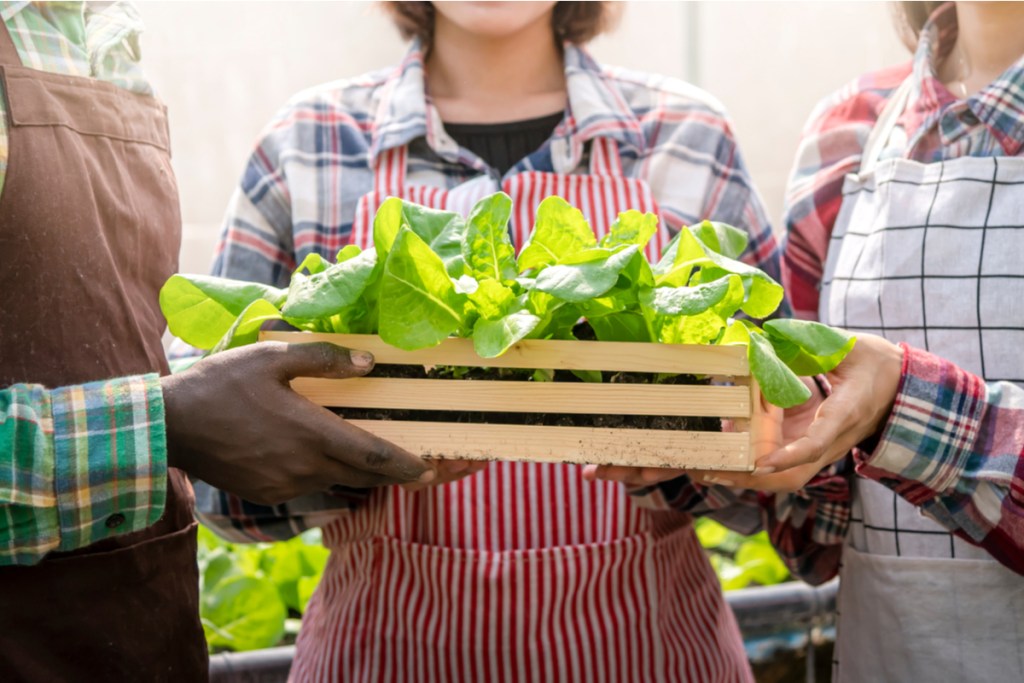
Focus on smaller or faster-growing plants
When space is limited, you need to maximize the number of plants you can grow and harvest. An easy way to do this is to focus on growing plants you can harvest young (like kale, spinach, and lettuce). Additionally, if you grow smaller plants, you’ll be able to fit more in the greenhouse overall.
In principle, this may sound obvious. However, you can extend it beyond the plant itself. Plants that are small and grow quickly often have smaller root systems, which means they need smaller pots. Some plants that you harvest early can even be harvested as sprouts. Since the sprouts won’t be left to mature, you can plant more of them than you otherwise would in a single pot.
Whether you just want a place to keep your seeds during winter or plan on growing a full harvest of vegetables, these tips will help you achieve your gardening goals. Not every tip will work for every gardener, so be sure to test them out and see what fits your gardening style the best! Remember that there’s no harm in trying out a new idea, and if you absolutely can’t make it work, you can always get a second small greenhouse.



